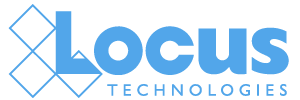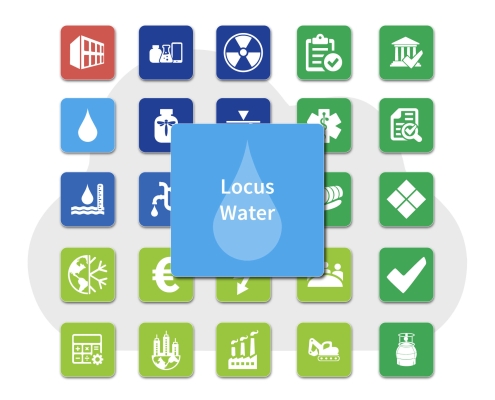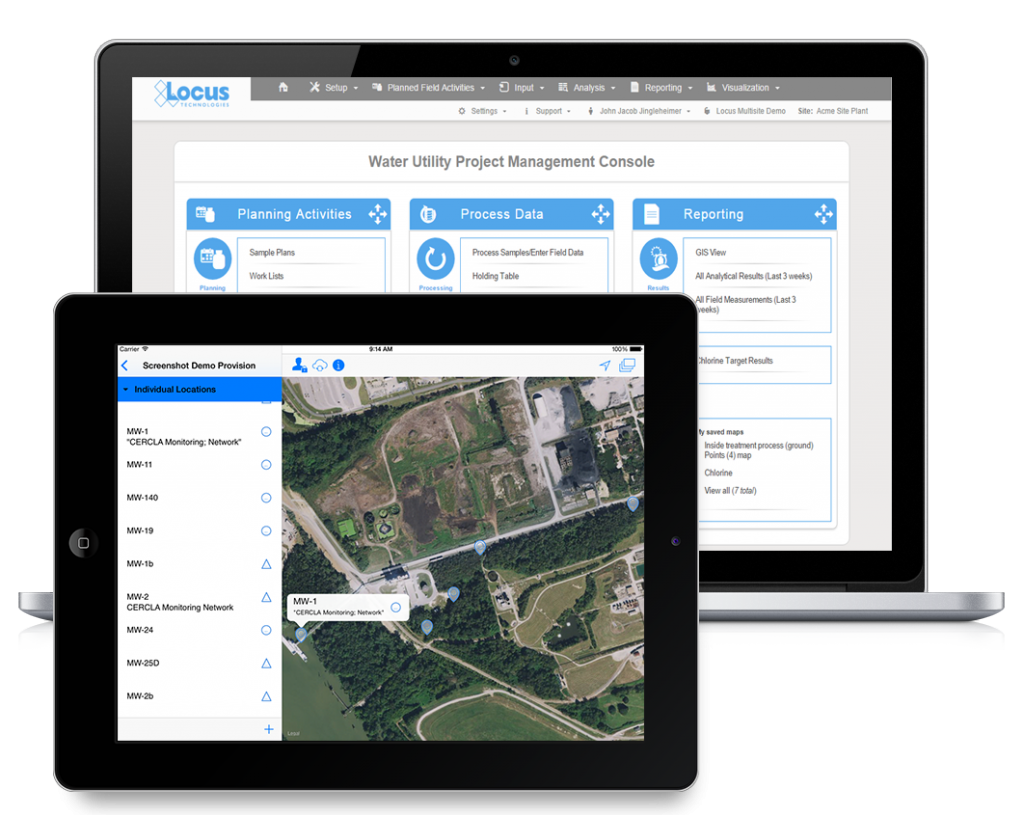A single SaaS platform and interface unites every Locus Water app
Locus Water data management software manages quality, balance, and compliance across more than half a billion water-related records
Water is our most precious resource, and it warrants technology that rises to that level of significance. Locus Water data management software empowers organizations to manage multi-faceted water programs with ease.
Locus Water supports compliance and analytical data across the range of drinking water, groundwater, surface water, stormwater, industrial water, wastewater, and radioactive water sectors. Our collection of water data management software leverages hydrology, water quality, real-time monitoring, distribution, and cloud technologies to enhance efficiency and sustainability across the entire water cycle—from planning and design to operations, maintenance, and compliance.
Whether you need help with CCRs and DMRs or produced water and conservation, “Locus has an app for that.”
Highlights
Mix-and-match Locus Water apps as your water initiatives scale and adapt.
Locus Water apps seamlessly integrate with each other and share some key capabilities…
One place for everything
Locus Water apps share the same interface and platform, and they work together seamlessly — eliminating redundant data entry and siloed data.
Self-configure Locus sources, interfaces, forms, workflows, and reports to align with your program. Unite all stakeholders within one water software platform and issue role-based permissions. Connect to Internet of Things devices or third-party software via API. Gather inspection data via mobile. Load laboratory results via EDD files.
Locus Water is your organization’s single source of truth for all water-related data, and the software integrates with additional EHS&S apps like Waste Management, Incident Response, and CSRD.
Manage tasks, inspections, and service orders
Locus Water apps include task management, inspection management, and service order tools to help teams respond to incidents, track important events, and manage service orders. Locus agentic AI advancements automate cumbersome tasks so users can focus on substantive work.
Keep stakeholders informed
Locus Water apps include configurable notifications and workflows to keep internal and external stakeholders informed. Automatically alert inspectors and team members of assigned tasks. Send notifications to residents regarding compliance and complaints. Power users can easily tweak their notification tools to support their program. Power workflows, AI agents, and analytics with real-time data from any source on a single platform optimized for speed and scale.
Powerful workflows
Automate any process with end-user configurable and AI-powered workflow generation. Build workflows with reusable components, configurable playbooks, process mining, and advanced decision support.
Mobile data collection and smart meters
Locus Mobile enables field crews to collect data on their devices to become instantly actionable and verifiable. Additionally, Locus IoT software connects to SCADA and automated sensors to stream data directly to Locus Water apps. Monitor things like physical and field data such as temperature, pressure, alkalinity, and other field-readable characteristics within treatment system processes and throughout watersheds.
User-friendly GIS and visual analytics
Locus Water apps support data visualization and GIS. Identify and analyze trends within configurable dashboards. Plot data points on maps to study flow patterns, optimize inspection routes, automatically generate contour lines of analytical results or groundwater levels or any other data set, and identify high-risk areas.
Built-in templates for regulatory reports
Whether you need to produce a CCR, NetDMR, or some other report, Locus offers automated, pixel-perfect reports that are generated with a single click. All Locus Water report templates are fully configurable by users.
Did you know?
Locus water data management software easily scales to fit the smallest water utility and the largest chemical manufacturer. Likewise, our clients can easily expand Locus without interruption as their quantity of sites, facilities, compounds, and assets changes.


